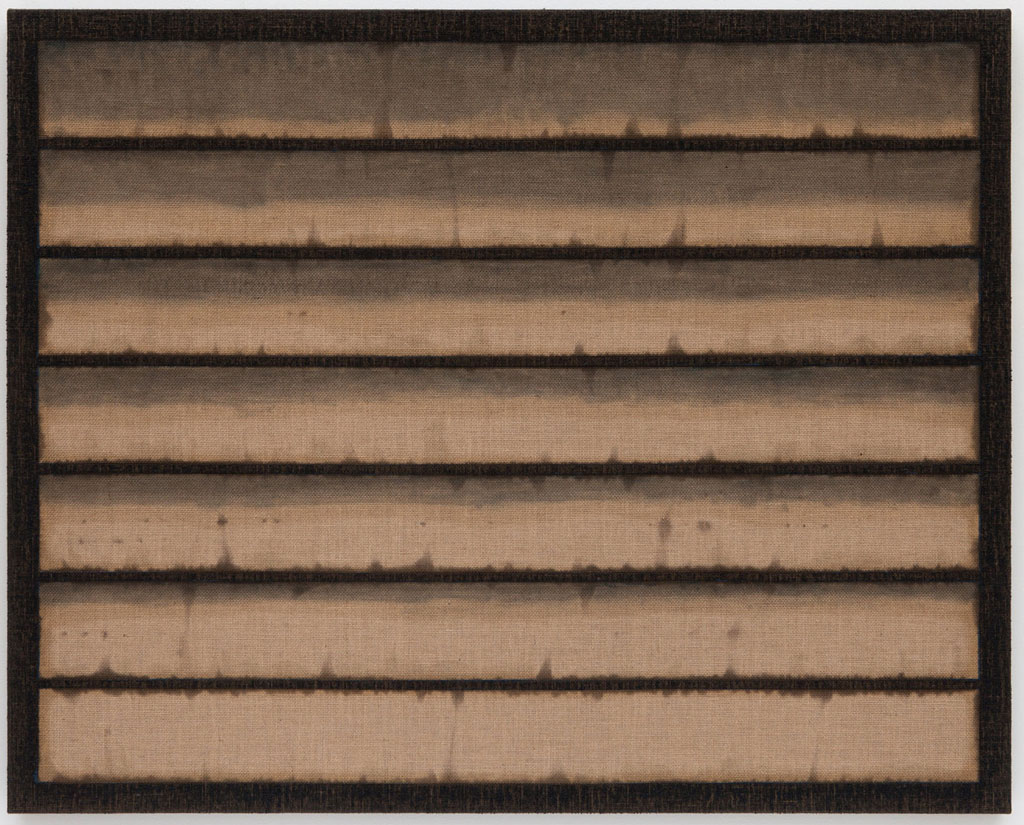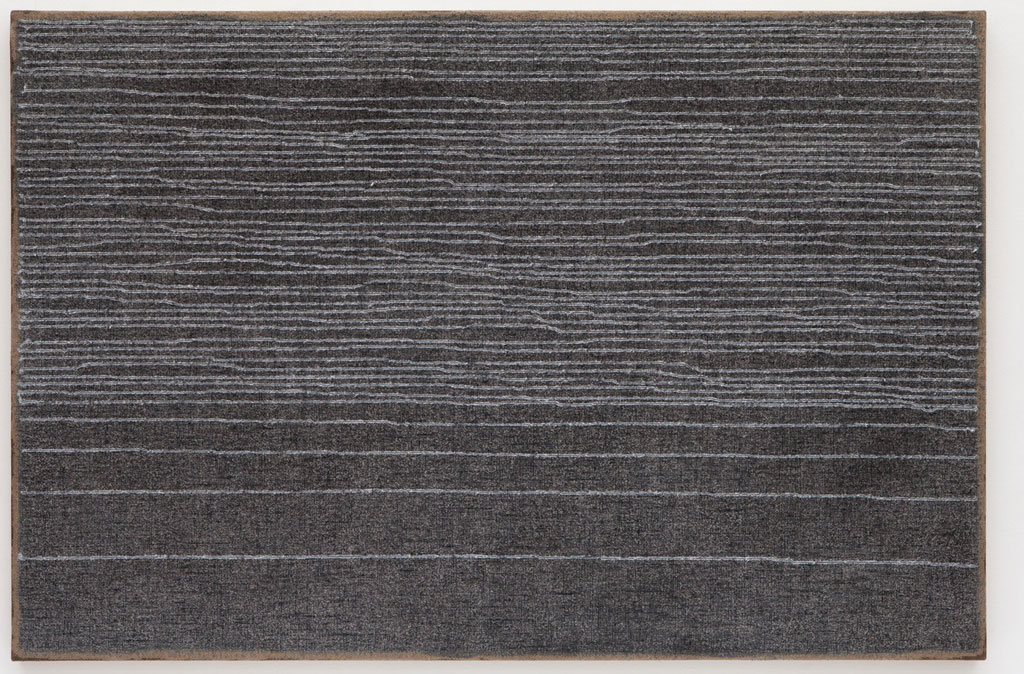ART-PRESENTATION:Ha Chong-Hyun
 A leading member of Dansaekhwa, Ha Chong-Hyun has consistently used material experimentation and innovative studio processes to redefine the role of painting, playing a significant role bridging the avant-garde traditions between the East and the West. While often translated as “School of White” and likened to a Korean version of monochrome, Dansaekhwa is a diverse artistic tradition born out of the tumult that followed Korea’s independence after WWII and the Korean War.
A leading member of Dansaekhwa, Ha Chong-Hyun has consistently used material experimentation and innovative studio processes to redefine the role of painting, playing a significant role bridging the avant-garde traditions between the East and the West. While often translated as “School of White” and likened to a Korean version of monochrome, Dansaekhwa is a diverse artistic tradition born out of the tumult that followed Korea’s independence after WWII and the Korean War.
By Efi Michalarou
Photo: Blum & Poe Gallery Archive
The exhibition “Lee Dong-Hoon Art Prize exhibition, Ha Chong-Hyun”, includes a selection of 16 paintings, produced over a period of 60 years. It explores Art Informel, the first movement during which abstraction emerged in postwar Korea, and includes the very earliest works of Ha’s career beginning in the 1960s through the present, with four new paintings made in 2020. Ha Chong-Hyun came to prominence with the advent of his “Conjunction” series in the early 1970’s. The title “Conjunction” is the name the artist has given all of his paintings since the early 1970s and describes his philosophy wherein the purity of the painting medium and the artist’s physicality merge, or are conjoined, in the act of painting. Committed to redefining modern art and rejecting the mainstream academic trends of the day, Ha developed a process that converted physically demanding studio processes into poignant abstract compositions often likened to skin. Characterized by a rough matrix of paint that is pushed through the picture plane, Ha’s paintings balance ruptures and abraded surfaces with carefully drawn forms incised in the paint. This work was immediately distinguished by three characteristics that became signature attributes of his practice. The first is Ha’s use of common burlap as his ground, a choice that both broke radically with art tradition and poignantly evoked the poverty and raw physicality of postwar Korea. The second is the way he applies his paint that employ a traditional technique used in the Chosun Dynasty (1392–1897) in which the pigments are pushed through the weave of the burlap and eventually linen from the opposite side, and then troweled with a palette knife on the frontal surface. The final signature aspect of Ha’s paintings is his muted palette. Characterized by earth tones, these colors choices reflect a core conceptual principle of the artist whereby he uses colors that occur in life. In this way his colors directly evoke elements of the landscape, be they the sandy soil of the village or the mottled black roof tiles of traditional Korean homes. Ha Chong-Hyun refers to his technique of painting as back-pressure method and it illustrates his defiant attitude towards pre-existing modes of paintings where there is a strictly delineated front of the picture. Posing the question of whether a painting can have two sides, Ha poignantly frames the pressures that have confronted Korean culture in the 20th century, and his highly personal style highlights his commitment to resisting Western influences and creating a new authentic voice. The ongoing “Conjunction” series that has occupied Ha for more than four decades confronts these tensions that hold material to the ground, showcasing the process where Ha uses his own hands and crude tools to shape the paint. By allowing the thick painted gestural shapes to hover in a kind of suspension, the artist seems to challenge the very definition of the artwork, pushing its mechanics (and its politics) into the foreground. In his most recent work Ha has expanded upon his practice of transforming three-dimensionality into a two-dimensional surface by experimenting with new ways to add materiality and a sense of volume to color. A noteworthy component of his new work shown in this exhibition is the way the artist uses “smoke” as part of his palette. When a work is exposed to heavy char smoke, the soot naturally attaches to the painted surface and the resulting work reveals new colors with distinctive shades. Ha utilizes the way this naturally occurring color blends with the burlap, and this process of modifying the material with his own artistic language is a critical aspect of his newest “Conjunction” paintings.
Info: Daejeon Museum of Art, 155 Dunsan-daero, Seogu, Daejeon, Duration: 29/9-20/12/20, Days & Hours: Daily 10:00-18:00, www.daejeon.go.kr
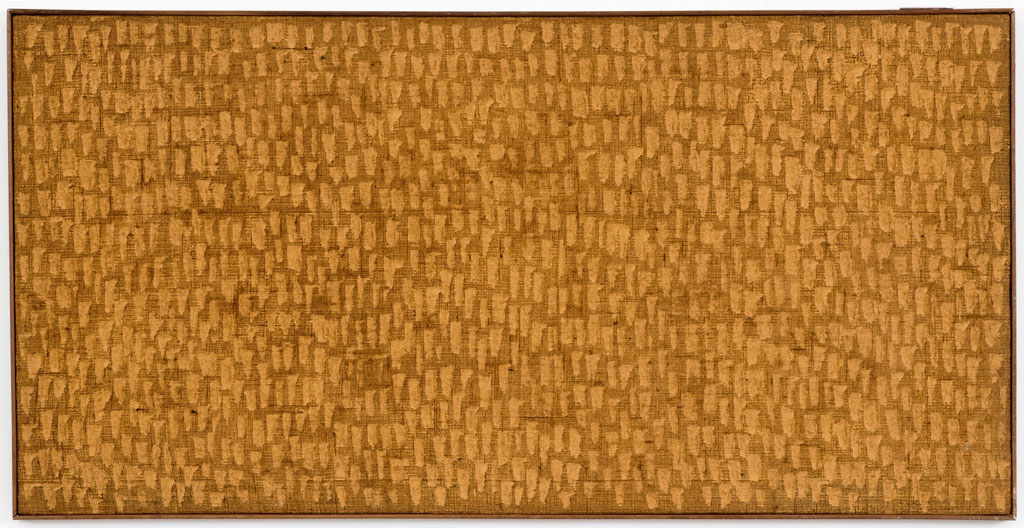
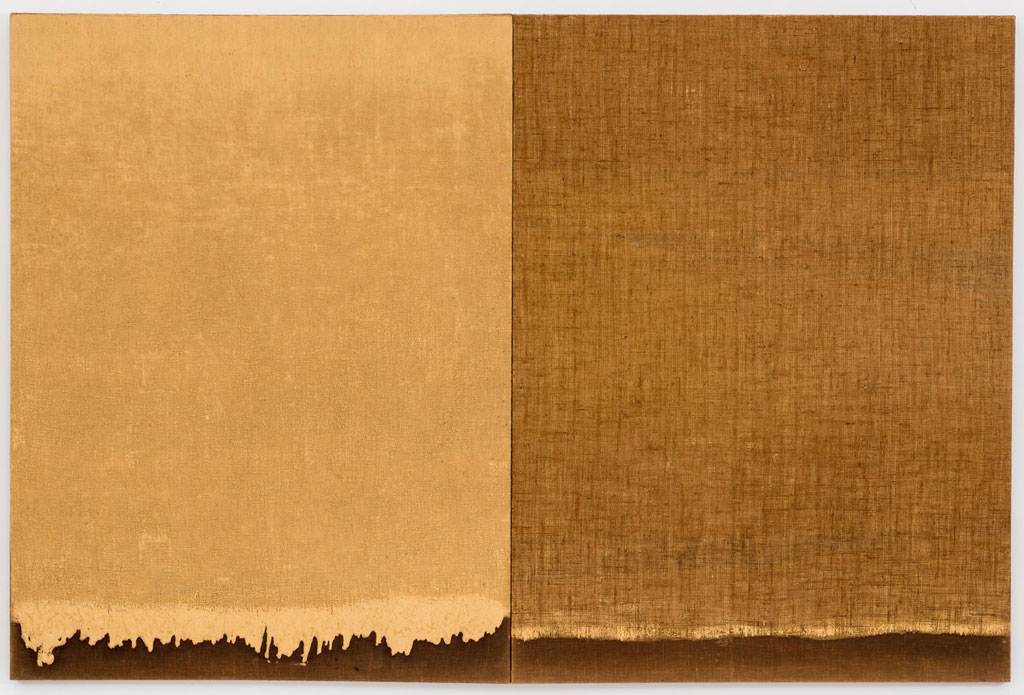
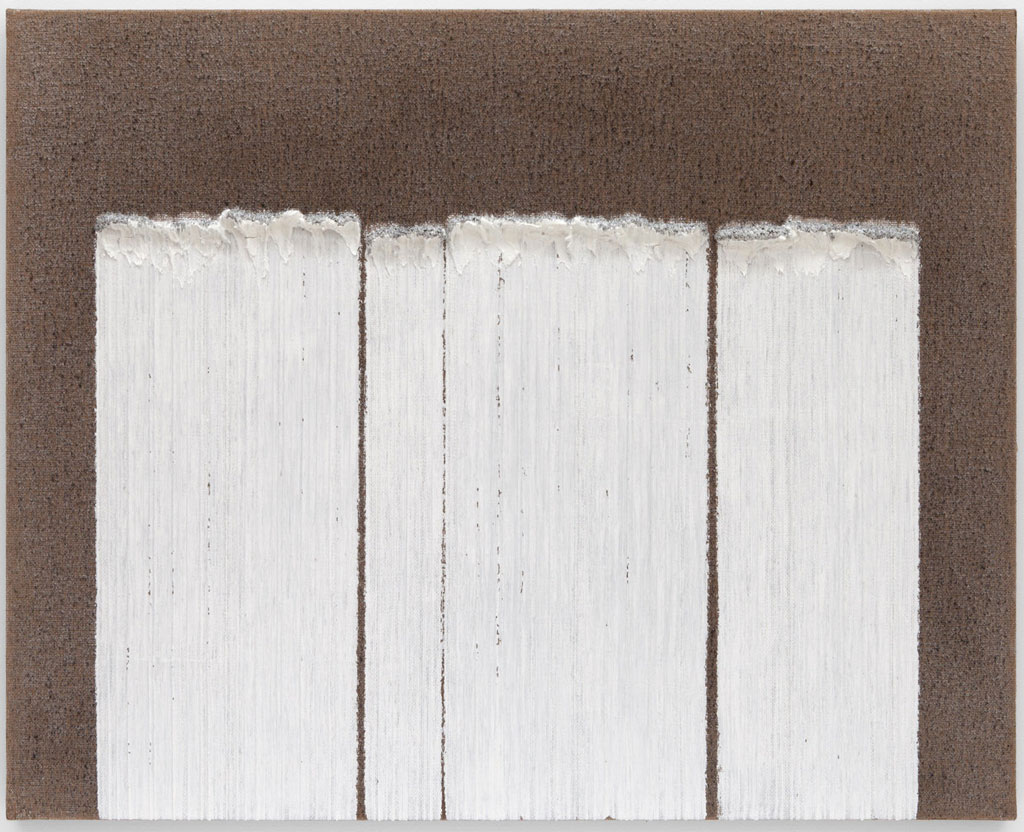
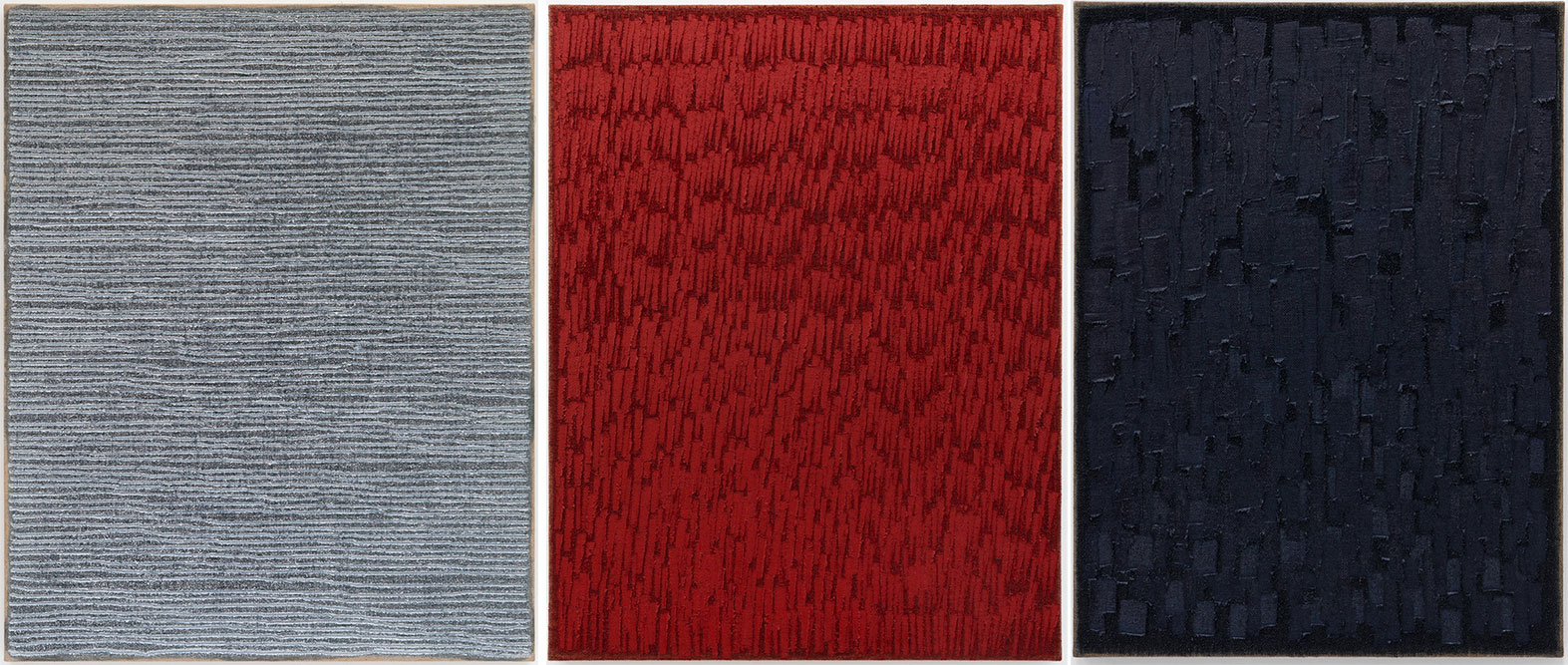
Center: Ha Chong-Hyun, Conjunction 17-31, 2017, Oil on hemp, 46 1/8 x 35 7/8 inches, © Ha Chong-Hyun, Courtesy the artist and Blum & Poe Gallery
Right: Ha Chong-Hyun, Conjunction 17-105, 2017, Oil on hemp, 51 1/8 x 38 1/8 inches, © Ha Chong-Hyun, Courtesy the artist and Blum & Poe Gallery
